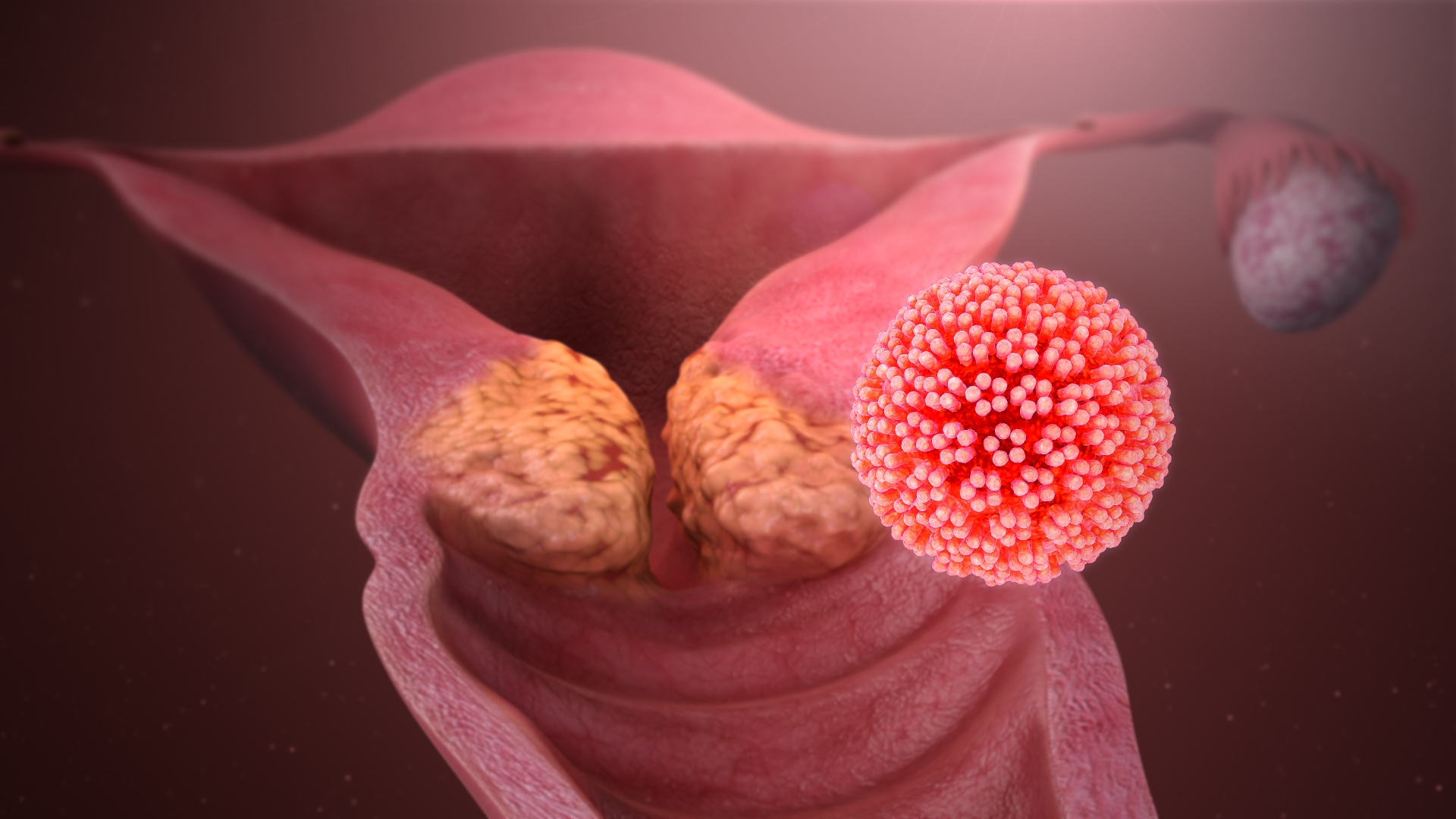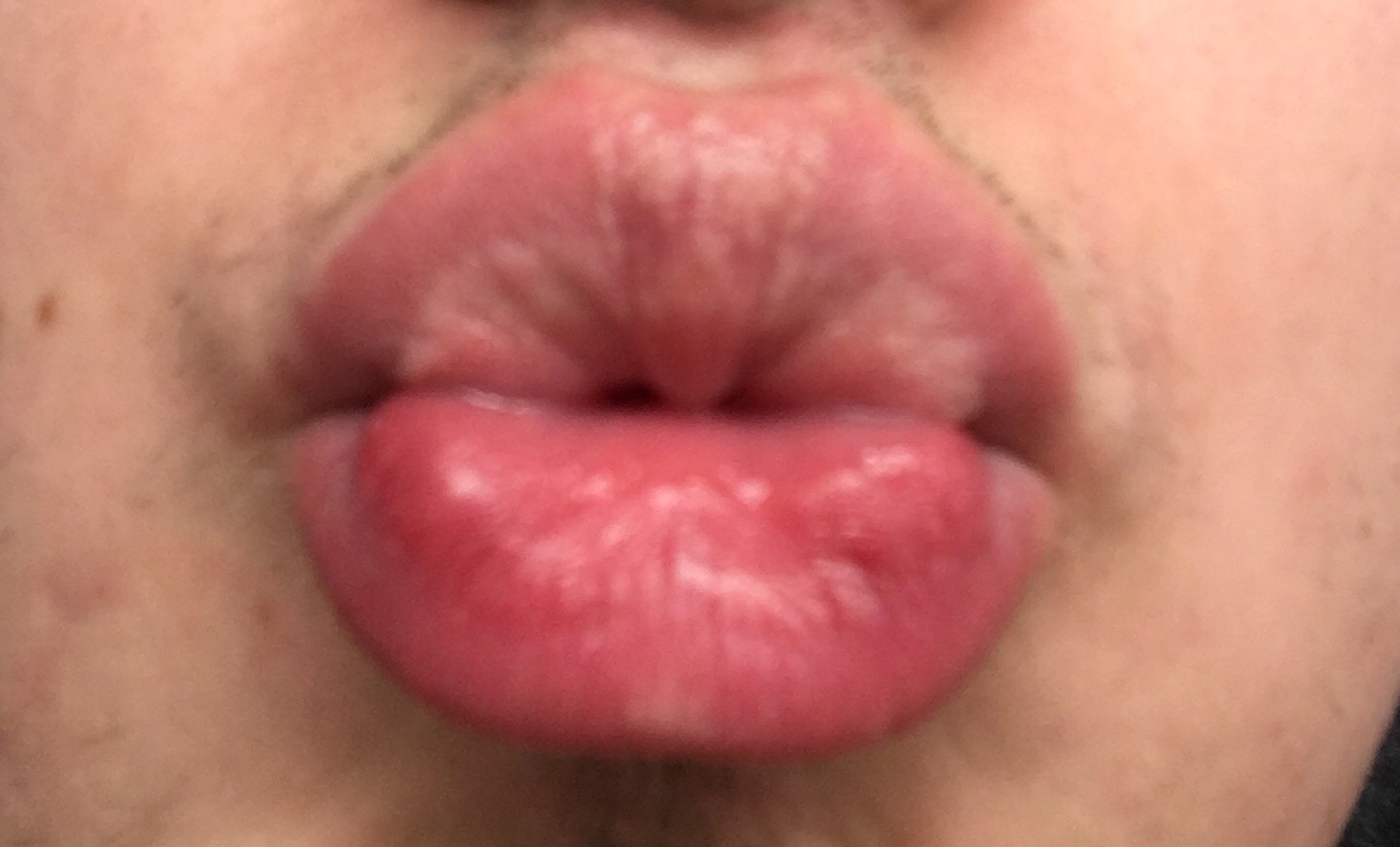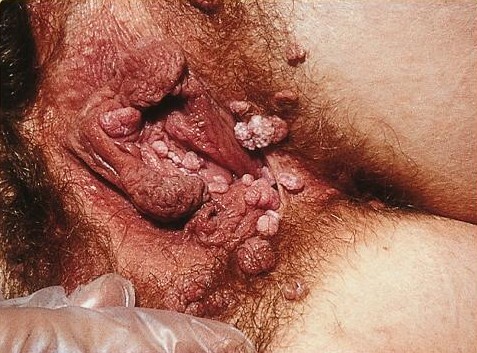|
Vestibular Papillomatosis
Vestibular papillomatosis (VP) are normal small bumps in the genital area of females. The bumps appear in multiple numbers, are rounded and are not painful, itchy or uncomfortable. They are comparable to pearly penile papules, which occur in males. VP are not infectious and not due to HPV. Diagnosis is by visualization. The bumps are less yellow and more pinkish when compared to Fordyce spots. They should not be mistaken for genital warts Genital warts are a sexually transmitted infection caused by certain types of human papillomavirus (HPV). They may be flat or project out from the surface of the skin, and their color may vary; brownish, white, pale yellow, pinkish-red, or gray .... No treatment is required. They are common in pregnancy. Historically they were sometimes incorrectly called "microwarts". References Conditions of the mucous membranes {{Cutaneous-condition-stub} ... [...More Info...] [...Related Items...] OR: [Wikipedia] [Google] [Baidu] |
Dermatology
Dermatology is the branch of medicine dealing with the Human skin, skin.''Random House Webster's Unabridged Dictionary.'' Random House, Inc. 2001. Page 537. . It is a speciality with both medical and surgical aspects. A List of dermatologists, dermatologist is a specialist medical doctor who manages diseases related to skin. Etymology Attested in English in 1819, the word "dermatology" derives from the Ancient Greek, Greek δέρματος (''dermatos''), genitive of δέρμα (''derma''), "skin" (itself from δέρω ''dero'', "to flay") and -λογία ''wikt:-logia, -logia''. Neo-Latin ''dermatologia'' was coined in 1630, an anatomical term with various French and German uses attested from the 1730s. History In 1708, the first great school of dermatology became a reality at the famous Hôpital Saint-Louis in Paris, and the first textbooks (Willan's, 1798–1808) and atlases (Jean-Louis-Marc Alibert, Alibert's, 1806–1816) appeared in print around the same time.Freedber ... [...More Info...] [...Related Items...] OR: [Wikipedia] [Google] [Baidu] |
Gynaecology
Gynaecology or gynecology (see American and British English spelling differences) is the area of medicine concerned with conditions affecting the female reproductive system. It is often paired with the field of obstetrics, which focuses on pregnancy and childbirth, thereby forming the combined area of obstetrics and gynaecology (OB-GYN). Gynaecology encompasses both primary and preventative care of issues related to female reproduction and sexual health, such as the uterus, vagina, fallopian tubes, ovaries, and breasts; subspecialties include family planning; minimally invasive surgery; pediatric and adolescent gynecology; and pelvic medicine and reconstructive surgery. While gynaecology has traditionally centered on cisgender women, it increasingly encompasses anyone with female organs, including transgender, intersex, and nonbinary individuals; however, many non-cis women face accessibility issues due to stigma, bias, and systemic exclusion in healthcare. Etymology Th ... [...More Info...] [...Related Items...] OR: [Wikipedia] [Google] [Baidu] |
Papule
A papule is a small, well-defined bump in the skin lesion, skin. It may have a rounded, pointed or flat top, and may have a umbilication, dip. It can appear with a Peduncle (anatomy), stalk, be thread-like or look warty. It can be soft or firm and its surface may be rough or smooth. Some have Crust (dermatology), crusts or Scale (dermatology), scales. A papule can be flesh colored, yellow, white, brown, red, blue or purplish. There may be just one or many, and they may occur irregularly in different parts of the body or appear in clusters. It does not contain fluid but may progress to a pustule or vesicle (dermatology), vesicle. A papule is smaller than a Nodule (medicine), nodule; it can be as tiny as a pinhead and is typically less than 1 cm in width, according to some sources, and 0.5 cm according to others. When merged together, it appears as a plaque. A papule's colour might indicate its cause, such as white in Milium (dermatology), milia, red in eczema, yellowish ... [...More Info...] [...Related Items...] OR: [Wikipedia] [Google] [Baidu] |
Pearly Penile Papules
Pearly penile papules (PPP; also known as hirsutoid papillomas or as , Latin for 'papillae of the corona of the glans') are benign, small bumps or spots on the human penis. They vary in size from 0.5-1 mm, are pearly or flesh-colored, smooth and dome-topped or filiform, and appear in one or, several rows around the corona, the ridge of the head of the penis and sometimes on the penile shaft. They are painless, non-cancerous and not harmful. The medical condition of having such papules is called hirsutoid papillomatosis or (Latin for 'papillary hirsutism of the corona of the glans'). Cause and mechanism PPPs are a type of angiofibroma. Their function is not well-understood. They are usually considered as vestigial remnants of penile spines, sensitive features found in the same location in other primates. They do not spread and often spontaneously regress. Along with Fordyce glands, PPPs secrete oils to keep the skin of the head of the penis in good condition. Smeg ... [...More Info...] [...Related Items...] OR: [Wikipedia] [Google] [Baidu] |
Human Papilloma Virus
Human papillomavirus infection (HPV infection) is caused by a DNA virus from the ''Papillomaviridae'' family. Many HPV infections cause no symptoms and 90% resolve spontaneously within two years. In some cases, an HPV infection persists and results in either warts or precancerous lesions. All warts are caused by HPV. These lesions, depending on the site affected, increase the risk of cancer of the cervix, vulva, vagina, penis, anus, mouth, tonsils, or throat. Nearly all cervical cancer is due to HPV, and two strains – HPV16 and HPV18 – account for 70% of all cases. HPV16 is responsible for almost 90% of HPV-positive oropharyngeal cancers. Between 60% and 90% of the other cancers listed above are also linked to HPV. HPV6 and HPV11 are common causes of genital warts and laryngeal papillomatosis. An HPV infection is caused by the ''human papillomavirus'', a DNA virus from the papillomavirus family. Over 200 types have been described. An individual can become infected wit ... [...More Info...] [...Related Items...] OR: [Wikipedia] [Google] [Baidu] |
Fordyce Spots
Fordyce spots (also termed Fordyce granules) are harmless and painless visible sebaceous glands typically appearing as white/yellow small bumps or spots on the inside of lips or cheeks, gums, or genitalia. They are common, and are present in around 80% of adults. Treatment is generally not required and attempts to remove them typically result in pain and scarring. Their cause is unclear, and they are not associated with hair follicles. Diagnosis is done by visualisation. They may appear similar to genital warts or molluscum. They were first described in 1896 by American dermatologist John Addison Fordyce. History Fordyce spots are named after the American dermatologist John Addison Fordyce, who first described them in 1896.Fordyce first described them in 1896. Classification Sebaceous glands are normal structures of the skin but may also be found ectopically in the mouth, where they are referred to as ''oral Fordyce granules'' or ectopic sebaceous glands. On the foreski ... [...More Info...] [...Related Items...] OR: [Wikipedia] [Google] [Baidu] |
Genital Warts
Genital warts are a sexually transmitted infection caused by certain types of human papillomavirus (HPV). They may be flat or project out from the surface of the skin, and their color may vary; brownish, white, pale yellow, pinkish-red, or gray. There may be a few individual warts or several, either in a cluster or merged together to look cauliflower-shaped. They can be itchy and feel burning. Usually they cause few symptoms, but can occasionally be painful. Typically they appear one to eight months following exposure. Warts are the most easily recognized symptom of genital HPV infection. HPV types 6 and 11 are responsible for causing majority of genital warts whereas HPV types 16, 18, 31, 33, and 35 are also occasionally found. It is spread through direct skin-to-skin contact, usually during oral, manual, vaginal, or anal sex with an infected partner. Diagnosis is generally based on symptoms and can be confirmed by biopsy. The types of HPV that cause cancer are not the same ... [...More Info...] [...Related Items...] OR: [Wikipedia] [Google] [Baidu] |



